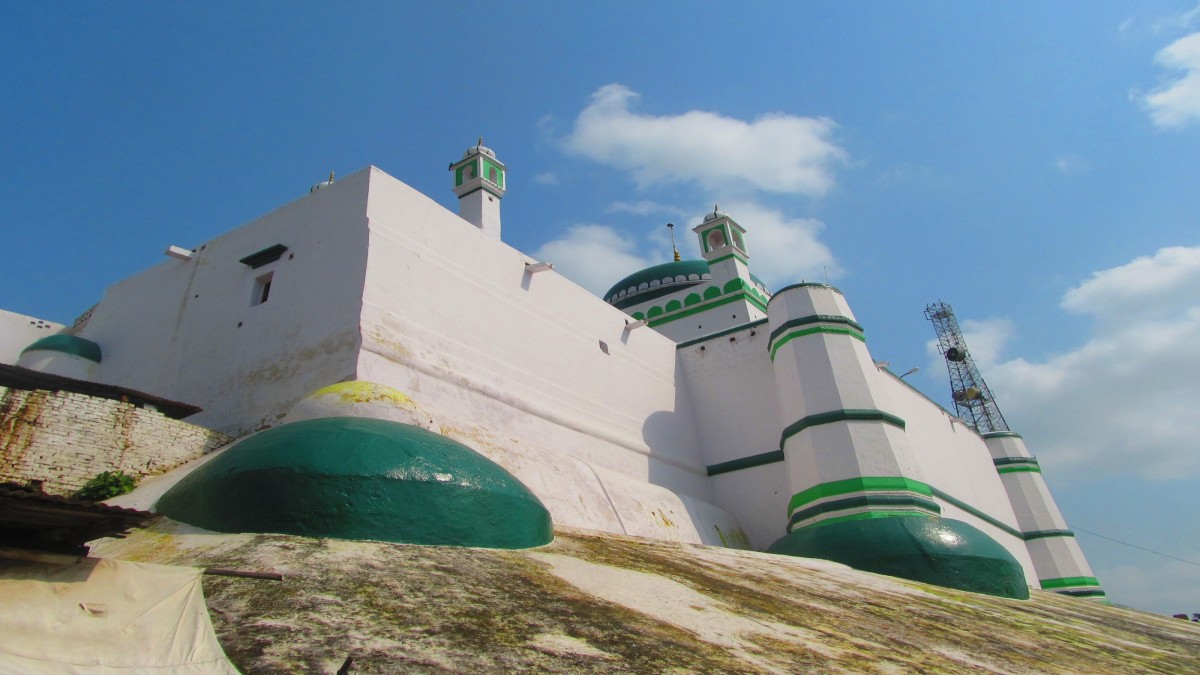) |
|
The recent unrest in Sambhal, a small town in western Uttar Pradesh, India, highlights a recurring conflict: the contested origins of religious structures. The core of the dispute centers around a mosque, with claims that it was built on the site of a pre-existing Hindu temple. This seemingly localized incident reflects a larger national narrative, steeped in historical interpretations and political maneuvering. The article delves into the complexities of this situation, examining historical accounts, archaeological findings, and the legal framework governing such disputes. The incident's seemingly sudden eruption in the news belies its deeply rooted history, revealing the selective nature of collective memory and the persistence of historical grievances. The question of whether the mosque was built atop a pre-existing temple is far from settled, with differing interpretations of historical documents and archaeological surveys.
The controversy is fueled by conflicting narratives surrounding the mosque's construction. Some historians attribute its construction to Mir Hindu Beg, a nobleman who served under Babur, the founder of the Mughal dynasty. Scholar Catherine Asher suggests the mosque is the oldest extant Mughal building in India, predating even Babur's mosque in Panipat. Her work details the architectural features of the mosque, noting similarities to 15th-century Sharqi structures. However, this account is contested by others who suggest a later construction date, possibly on the site of a pre-existing structure. The existence of a Hindu temple on the site is supported by some historical accounts, particularly the mention of a Hari Mandal temple in Abul Fazal's Ain-I-Akbari. Conversely, the Archaeological Survey of India (ASI) records list only the Jami Masjid, omitting any reference to a prior temple. This lack of clarity contributes to the ongoing debate, as both sides claim historical legitimacy for their position.
A crucial element in the conflict is the role of historical interpretation and the selective use of evidence. The social media handle 'True Indology' presented evidence suggesting that inscriptions within the mosque were forged in the mid-19th century to support a Muslim claim. This finding is challenged by other historians, who point to 17th-century inscriptions indicating mosque repairs. The debate underscores the challenges in interpreting historical documents and the biases that can influence their interpretation. The differing interpretations of historical records and the lack of conclusive archaeological evidence have intensified the conflict, creating a climate of mistrust and fueling the ongoing tensions. The varying perspectives on the historical evidence highlight the difficulty in establishing definitive conclusions about the mosque's origins, contributing to the enduring nature of the conflict.
The Places of Worship (Special Provisions) Act of 1991 plays a significant role in the legal dimension of this dispute. This Act aims to maintain the status quo of religious places as of August 15, 1947. However, the applicability of this Act to historical monuments listed by the ASI, like the Sambhal mosque, is a point of contention. The Supreme Court's decision in the Varanasi Gyanvapi Masjid case, allowing a survey, suggests that the Act does not necessarily preclude investigating the religious character of a place of worship. The legal ambiguity around the Act and its application to historical sites further complicates the resolution of the Sambhal dispute. This legal uncertainty exacerbates the conflict, as both sides try to leverage the law to support their respective positions, creating an environment of legal uncertainty.
Beyond the immediate conflict in Sambhal, the incident raises broader questions about India's past and its implications for the present. The number of temples allegedly converted into mosques is considerable, and the Sambhal dispute highlights the potential for similar conflicts to erupt elsewhere. The article suggests a need for a comprehensive approach to address such historical disputes, emphasizing the importance of transparency, accessible historical records, and a balanced approach to resolving interfaith conflicts. The author also proposes that the ASI could play a more significant role in investigating the origins of such structures, making their findings publicly available to foster transparency and informed public discourse. This requires not only historical research and analysis but also a thoughtful consideration of the political and social context in which such disputes arise.
The author concludes by urging a more proactive approach to addressing such conflicts before they escalate. This could involve a systematic investigation of historical sites, public access to historical records, and a dialogue that prioritizes reconciliation and understanding. The underlying issue is not just about the Sambhal mosque but about the broader challenges of navigating a complex history riddled with competing claims and narratives. The incident serves as a stark reminder of the need for a measured approach to historical disputes and the imperative to foster a climate of mutual respect and understanding between different communities in India. The future of India’s religious harmony hinges on finding solutions that address historical grievances without sacrificing the principles of justice and equity.
Source: The Sambhal Conundrum: The story is new, yet its nature is old
